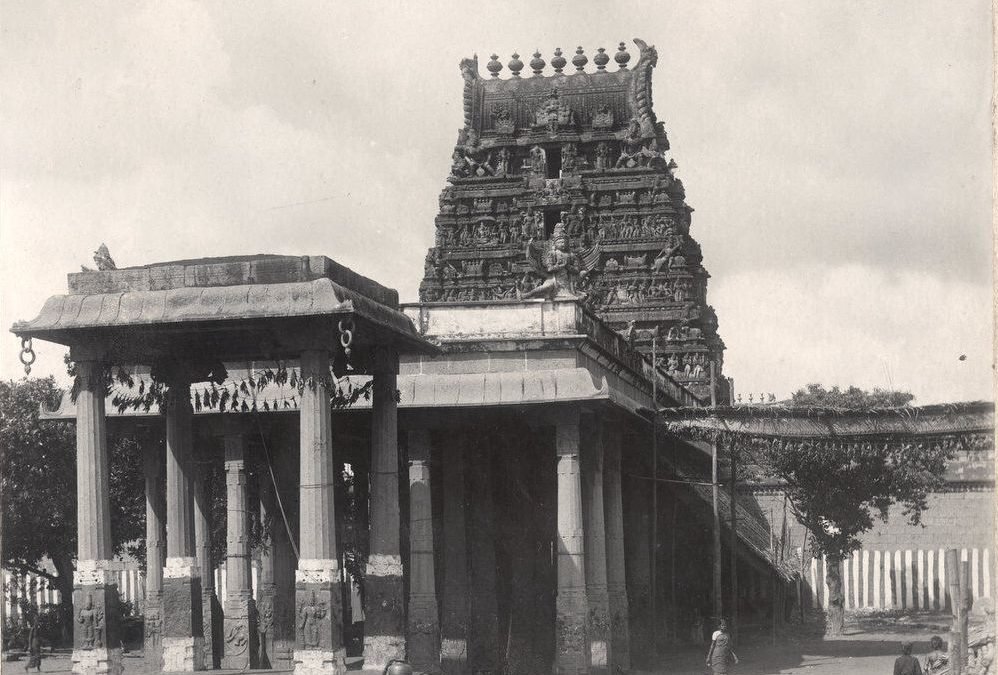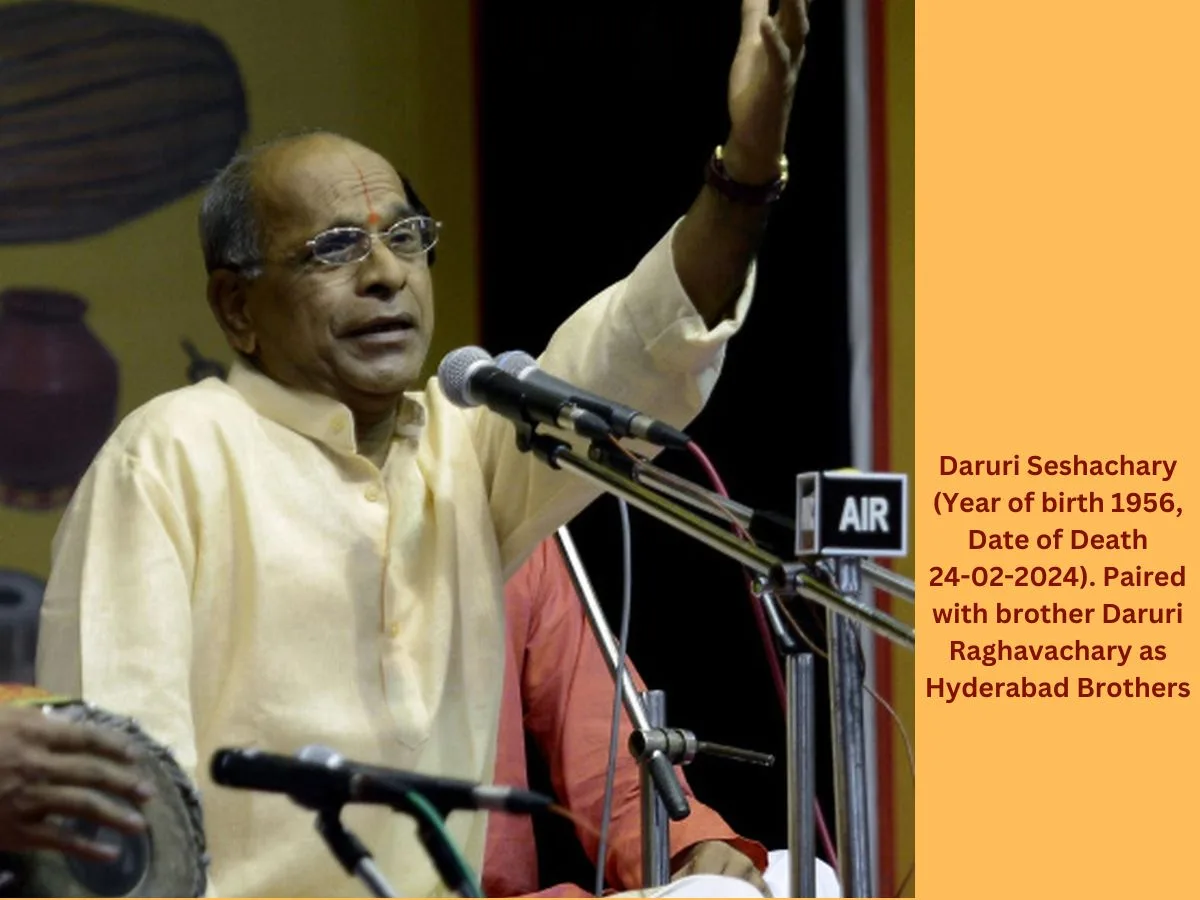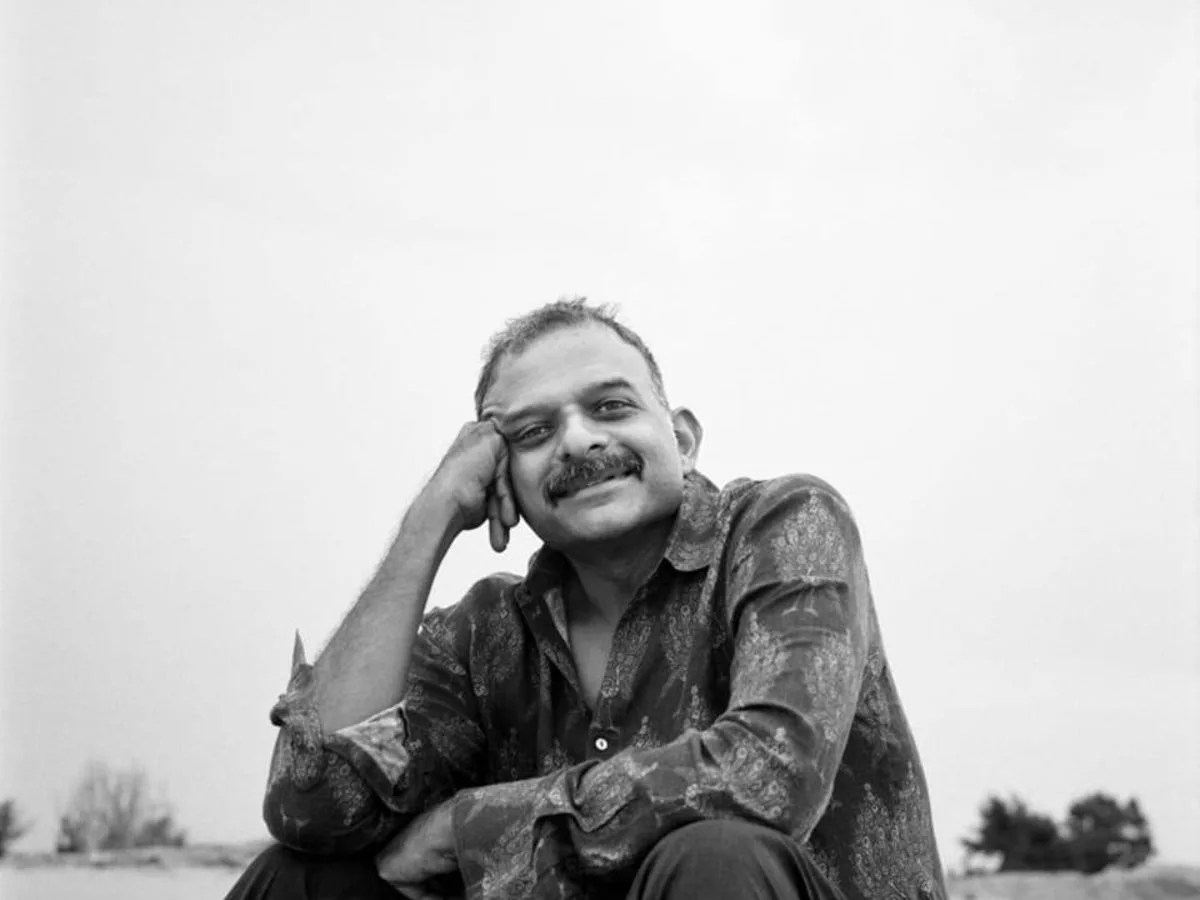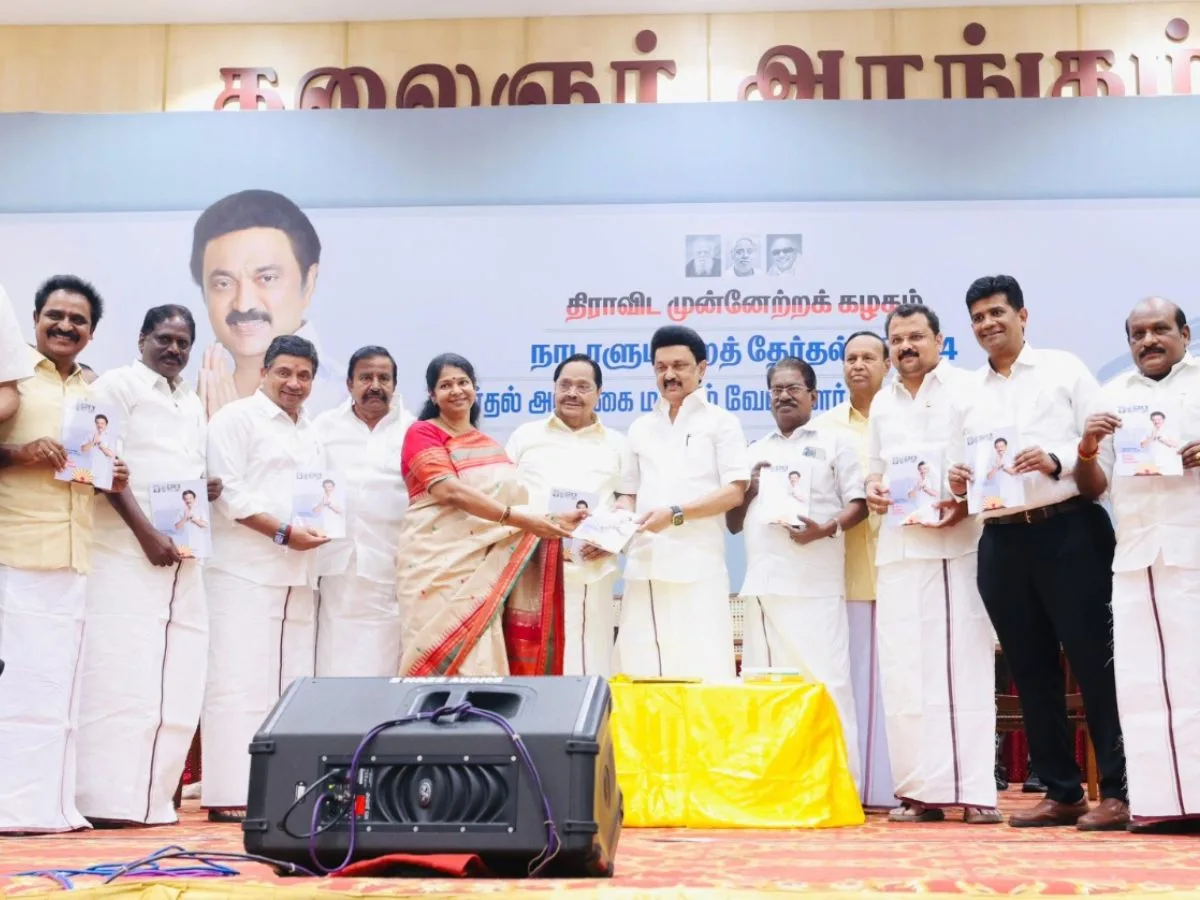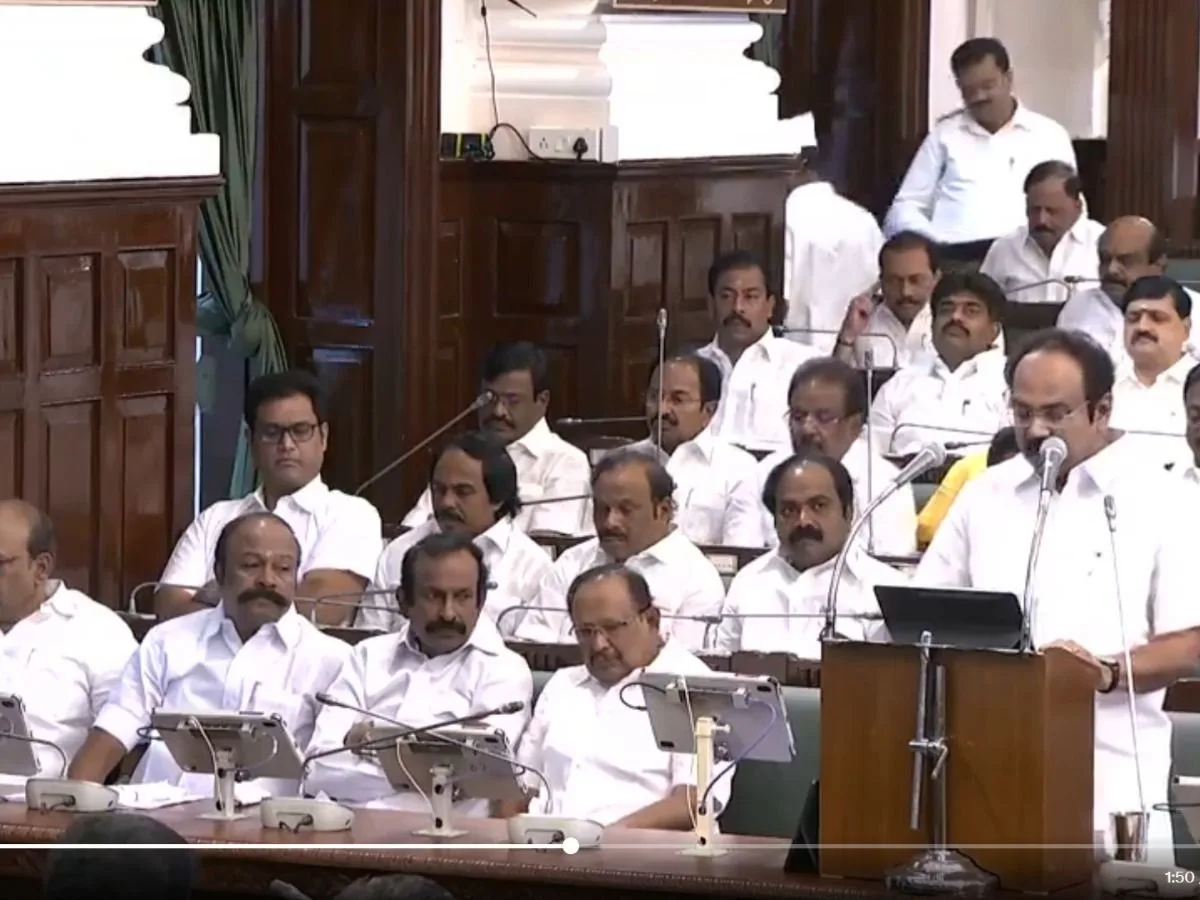Read in : தமிழ்
July 21, 2018, marks the 651st anniversary of the Madrasapatnam inscription of Kamapana II at Penneswaramadam in Krishnagiri taluk, Krishnagiri district. The inscription on a rock surface near the Pennaiyar river dated July 21, 1367 established that Madrasapatnam, Madras or ancient Chennai had been in existence for at least 651 years and that it was not a new town built or founded by the British on August 22, 1639.
The Penneswaramadam inscription is recorded in Krishnagiri maavettu Kalvettugal , No. 77/b 1973, and has been further documented by former epigraphists of the Archaeological Survey of India (ASI) , Dr S Rajavelu and Dr Y Subbarayalu, while editing a book on the Vijayanagar inscriptions published by the Indian Council of Historical Research. They have observed that Madraspatnam was a small port that existed north of latter day Fort St George several centuries before the British came to Madraspatnam. Evidence to support this assertion lies in the inscription found in Penneswaramadam on the banks of the Pennar to the south of Kaveripattinam, made by Kampana II on July 21, 1367, describing the Madraspatnam port town, says epigraphist S Rajavelu.
The so-called historians of Chennai have been trying to paint a false and misleading picture that Madras was a new town that was founded by the British whereas the Madraspatnam inscription and other inscriptions have confirmed that Madrasapatnam existed far before the British even came to Chennai, and that Madrasapatnam was a flourishing port town for several centuries before the arrival of the British to Chennai.
Rajavelu points out that “this rare and interesting (Penneswaramadam) inscription describes a number of victories achieved on behalf of the prince Kampana, by gangadaraguli Maraya-naayakkar, son of the mahapradhaani Somayappa-dennaayakkar. Among the several forts and coastal towns that were taken from Tondaiman (Sambavuraya) are mentioned the hill forts of Taalamalai and Raajagambiranmalai, the towns of Pudupattinam, Nilagangangaraiyan-pattanam, Maadharasan-pattanam etc. The purpose of the inscription is to record the making of a canal called Kandakandan-veli-peruvaaykkaal from the river Pennai near the temple of Pennai-nayinaar”.
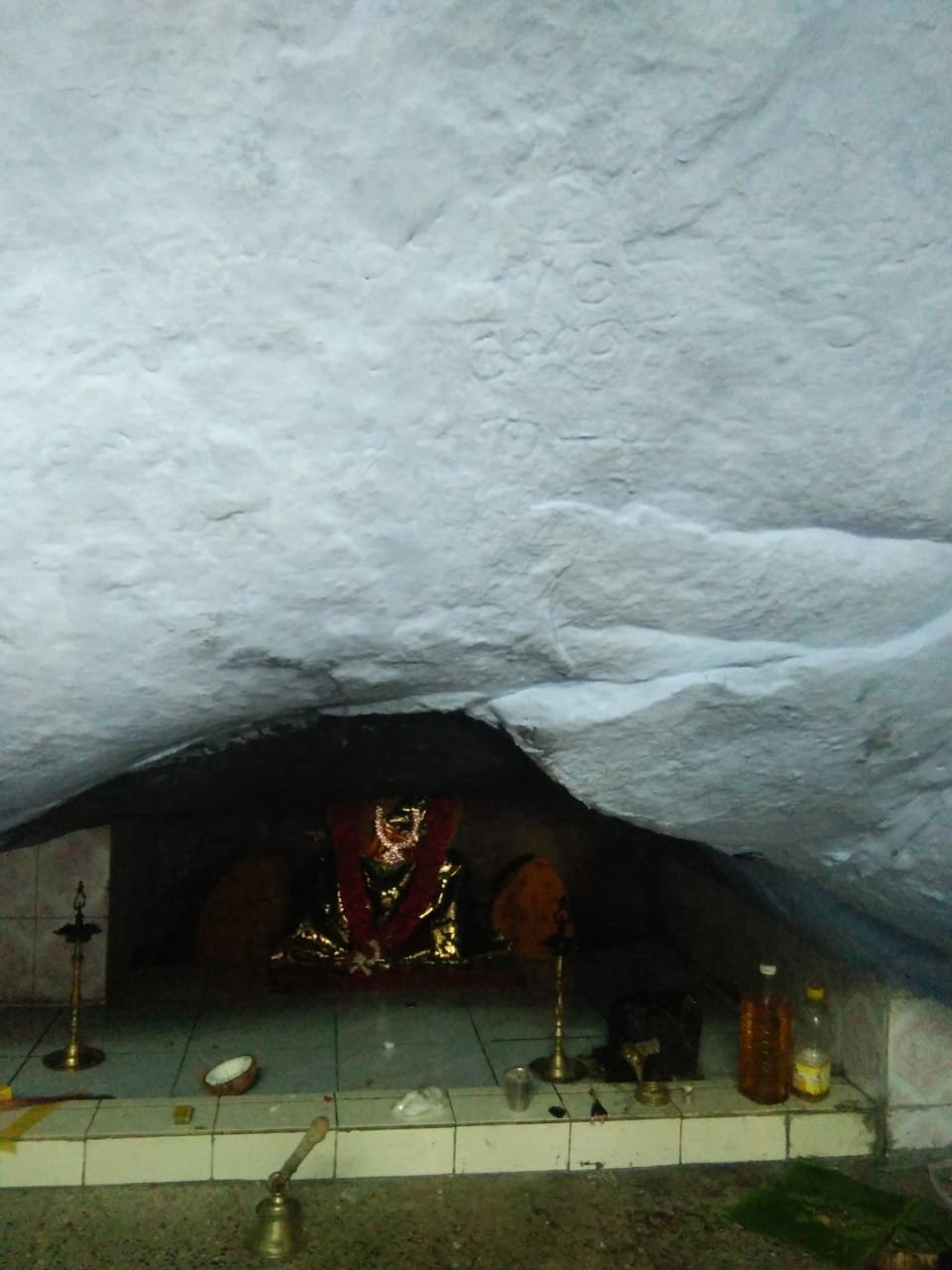
Penneswaramadam inscription of July 21, 1367, 651 years ago confirming the existence of Madrasapatnam or Chennai several centuries before British came to Chennai
During an expedition to the Krishnagiri area on behalf of Chennai 2000 Plus Trust which promotes awareness that Chennai is an ancient city of over 2,000 years old with historical, literary, archaeological and music treasures, Dr Rajavelu observed that Madrasapatnam was the original name of the town which was abbreviated as Madras in the 17th century by the British since they could not pronounce the name.
Madrasapatnam existed as a flourishing port town during the Vijayanagara period and even before. There were several inscriptions in and around Chennai referring to a flourishing port trade from the region.
The inscription of Kampanna II says he captured ports such as Pudupattinam (present name also Pudupattinam) and Chadiranapattanam (Chaturangapattanam), Neelangarai whose old name was mentioned as Neelagangaraiyanpatnam — Neelagangaraiyan was a chieftain of the Chola period, who made many donations to temples in and around Chennai as confirmed by inscriptions, besides the port called Madrasanpatnam.
Rajavelu says the port of Madarasanpatnam functioned near Royapuram which should actually be called Raayapuram since the town was under the rule of the Vijayanagar kings who were known as ‘raya.’
It is high time historians got together and force a few self-styled citizens who want to perpetuate British Raj by celebrating Madras Day and refer to the city as just about 380 years old when in reality it is over 2,000 years old, to give up their practice which is a distortion and desecration of history.
Inscriptions have been found in and around Chennai which testify to the ancient villages and towns adjoining Madrasapatnam even during the Chola period. It had its western entrance in Maduravoyal. Inscriptions mention Pudupakkam, which is today’s Pudupet. Inscriptions refer to the donation of some lands in Pudupakkam to the Tiruvallikeni Parthasarathy temple. Chola and Pallava inscriptions talk of Mylarpar (Mylapore), Kottur (Kotturpuram), Ezhumoor (Egmore), Velicheri (Velacheri), Taramani, which was donated to the Velacheri Siva temple, Tampuram (Tambaram), Aadanpakkam (Adambakkam), Kundrathur, Mangadu, Maapulam (Mambalam), Porur, Viruganpakkam (Virugambakkam), Pammal and Pozhiselur (Pozhichalur of today).”
To the North-West and West of Madarasapatnam were Vepery, Vesharupadi (Vyasarpadi), Pirambur (Perambur) and so on.
Inscriptions refer to the existence of Piraiyapakkam in Chola times and which came to be known as Purasapakkam in Vijayanagar period and later anglicized to Purasawalkam. This was a part of what was called Egmore Naadu. Other places that were identified in the inscriptions were Kurattur (Korattur), Thiruvalidhaayam (Padi), Ambattur (also headquarters of Ambattur Naadu), Thirumullaivaayil, Aagudi (avadi), Ottriyur (Tiruvottriyur), Manali (Singavishnuchaturvedimangalam), Paalkulathur (Kolathur), Aambilvaayil (Aamullaivaayil), VeLLivaayil, Vaikkaadu, Sathiram (Kanakkan Sathiram) and Vinnoor (Minnoor).
It is high time historians got together and force a few self-styled citizens who want to perpetuate British Raj by celebrating Madras Day and refer to the city as just about 380 years old when in reality it is over 2,000 years old, to give up their practice which is a distortion and desecration of history. The people of Chennai must get together in the month of September to celebrate Chennai Maadham as the city was officially named Chennai on September 30, 1996, ending the British legacy of Madras. We can celebrate the history of Madraspatnam which was in existence far before the British and it was certainly not founded on August 22, 1639, as the British and its supporters would claim. The Penneswaramadam inscription of July 21, 1367, proves that Madraspatnam was a truly ancient place, and that it existed as a flourishing port town. For a town to be a port town would mean that it was a reasonably well developed town to carry on global trade. This means the town of Madraspatnam existed long before it became a port town. That is how ancient Madrasapatnam is. We must celebrate the city as a 2,000 year old city of living culture, which no other city in the world can boast of.
Read in : தமிழ்
